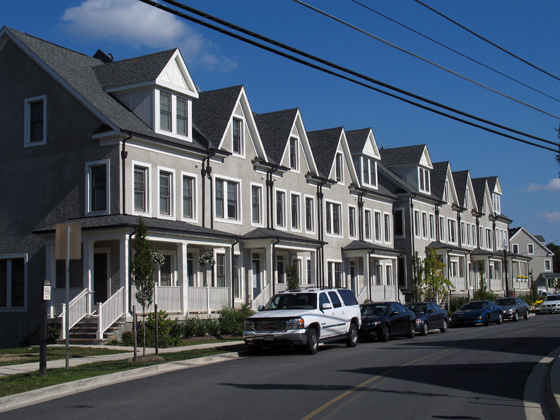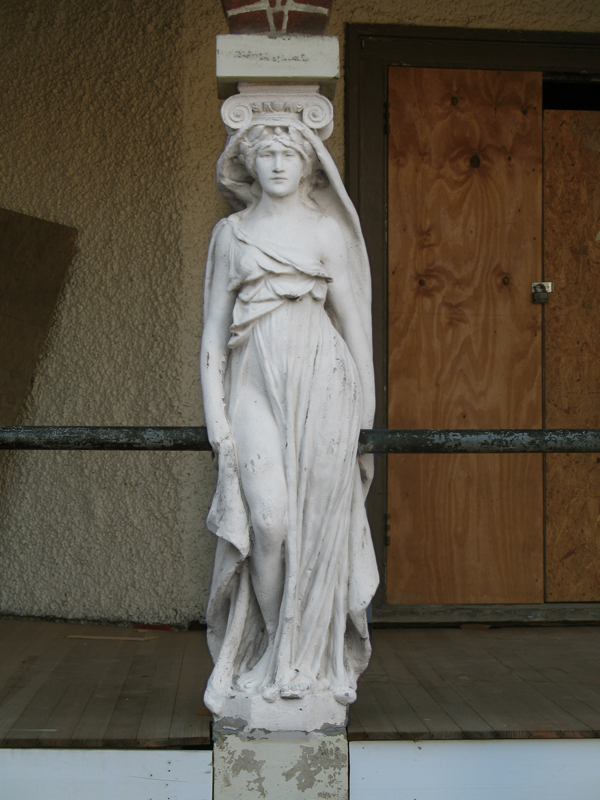Today, checking up on the general doings of Russia, I came across three interesting articles about very different automobile collisions.
Russia, I just learned, is the worst country in terms of per capita automobile fatalities. This situation has some historical roots in Stalinist city planning that called for large highways with few pedestrian crosswalks, but automobile fatalities weren’t really a problem when only 2% of the country could own a car. Now, when there are something like 2.5 million drivers in Moscow (still, only 16% of inhabitants), the roads get clogged, noisy, and deadly. According to the article, there were 236 fatalities per million Russians, nearly twice the United States’ 136 deaths per million. Calculating the death rate based on automobile use, 900 motorists die per year per million automobiles or motorcycles on the road in the Russian Federation. The United States isn’t even close.
The term many people seem to use to describe contemporary Russia is dikaya, meaning “wild,” as in The Wild West. Dikiy kapitalizm, dikie nochi, dikie voditeli. Russian drivers are notoriously bad, impatient, and unprepared. But it’s not just lax licensing and bad drivers, the roads themselves are terrible, most designed for puttery small cars like the Lada and if not, then just poorly maintained. Moreover, the speed limit on all streets within Moscow is 60kph, around 38mph, but in reality, nobody drives the limit.
The government has enabled the newfound love for motorcars, looking to the Interstate Highway System for inspiration. In Moscow alone, the Federal Government has spent hundreds of billions of dollars to expand the road network, including building a twelve lane freeway on the already massive Leningradsky Prospekt, right up to the center of the city, and putting tunnels under multiple plazas on Tverskaya Street. I lived off Leningradsky Prospekt for a while, near its intersection with the Third Ring road, and crossing either road was a slow and onerous process that sometimes required me to use graffitti-covered and patently unsafe pedestrian overpasses. And incidentally, one part of the Third Ring is a leaky tunnel that causes cars, moving at freeway speeds, to aquaplane in the summer and slide on black ice in the winter, resulting in a spectacularly morbid video and many severe injuries.
The second article, a real gut punch, is one that has become familiar to pro-pedestrian bloggers. On may 13th, a driver named Roman Zhirov killed a visibly pregnant woman named Yelena Shumm, who was walking in a crosswalk with the right signal. Her death is a tragedy in itself, but not quite the horrible act of malfeasance that it has since become. Soon afterward, the police got the license place of the car and located the owner of the blue Forester seen speeding away from the scene, but have yet to file charges. You see, Mr. Zhirov is a member of the Internal Affairs Division of the police.
The State Prosecutor’s office has apparently begun some investigation into that unit, but so far, nothing. Unsurprisingly, the story has been picked up by the news media in Moscow, thanks in part to the murdered woman’s husband, Alexei, who has started a very depressing livejournal. Take a look at the google translation if you don’t speak Russian.
I can’t much end on such a miserable note, but I can’t find much related to счастливое водительство that is very happy at all. Still, at least only broken bones resulted from the high profile collision between a jaywalker and a motorcycling rock star that happened two days ago. That’s still not great, but at least the reporters in those blog posts use the active voice to describe the motorists’ actions.




